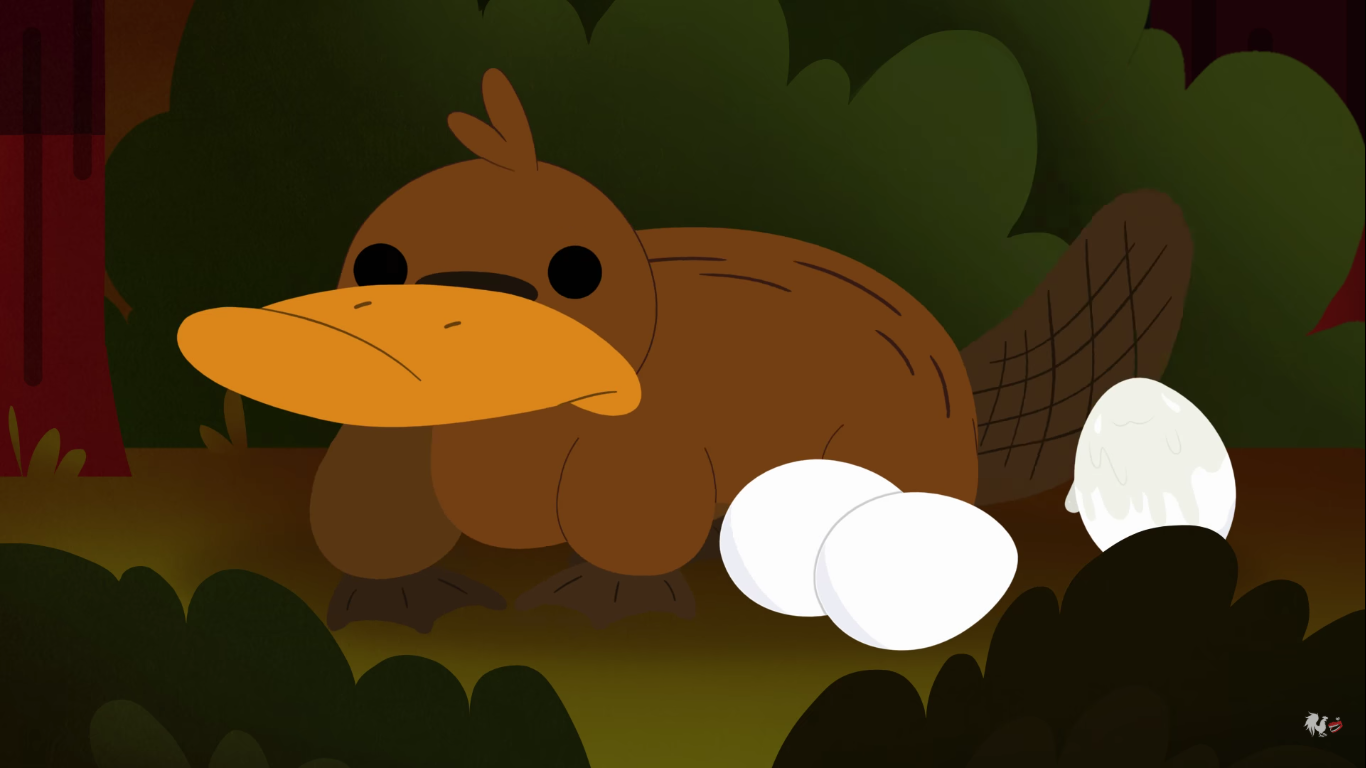

The milk is very high in fat and protein, which gives it a rich and creamy texture. This is a labor-intensive process, but it does allow scientists to study the composition of the milk. One method that has been used is to extract the milk from platypus eggs. As a result, scientists have had to get creative in their quest to taste this unique milk. These creatures are incredibly elusive and live in remote areas of Australia. Unfortunately, it’s not easy to get your hands on platypus milk. In fact, this is a question that scientists have been trying to answer for years. Have you ever wondered what platypus milk tastes like? Well, you’re not alone. So, if you’re looking for something new to try, why not give snake eggs a go? Who knows, you might just find that you enjoy them! What does platypus milk taste like Snake eggs have a delicate flavor, so they are best used in dishes that are not too heavily seasoned. Simply boil them for 3-5 minutes, and then you can add them to any dish you like.
PLATYPUS EGGS HOW TO
If you’re not sure how to prepare snake eggs, don’t worry – they are actually very easy to cook.

Snake eggs can be found in Asian markets, and they are often used in Chinese cuisine. If you’re adventurous enough to want to try eating snake eggs, you’ll be happy to know that they are a delicacy in many parts of the world. So, why do platypus lay unfertilized eggs? Can you eat snake eggs This is because they can store sperm in their bodies and fertilize the eggs at a later time. Some animals, like the platypus, lay both fertilized and unfertilized eggs. Another reason is that the animal is unable to find a mate. One reason is that the animal is not sexually active.

There are several reasons why an animal might lay an unfertilized egg. For example, some ants and wasps will eat unfertilized eggs. However, they can be a source of nutrition for other animals. Unfertilized eggs are not viable and will not hatch. Skinks, lizards, and snakes also lay unfertilized eggs. However, they are not the only animal to do so.

They often travel along the bottom of a riverbed and dig through the sediment in search of things to eat. Platypuses feed on small aquatic animals and locate their food by using their highly sensitive snouts. While it can harm smaller animals, it will not kill a human. Interestingly, they can produce venom from the spurs in their feet. The streamlined design of their bodies allows them to move gracefully in and under the water, where they live most of the time. With its distinct duck-like bill, this fascinating creature is found in Tasmania and Australia. They can spend over 10 hours a night hunting for food which consists of small animals like shrimp and crayfish. Rivers and waterways are the natural habiat for the platypus, which is also nocturnal. Most of their activity happens at night when they dig for ants, termites, and other small invertebrates using their highly adapted sense of smell. The echidnas, who use their fur as camouflage, spend most of the day hiding in fallen trees or empty burrows. They are all quite elusive, so little is known about their daily habits and mating rituals. Monotremes are only found in either Australia or New Guinea. Only five species of animals share this extraordinary egg-laying trait: the duck-billed platypus, and four echidna species, the western long-beaked echidna, eastern long-beaked echidna, short-beaked echidna, and Sir David's long-beaked echidna. In the scientific world, this is called a monotreme the two other types of mammals - placentals and marsupials - reproduce through live births. They are mammals that lay eggs and feed milk to their babies (or puggles as they're known). The following creatures all share a unique characteristic.


 0 kommentar(er)
0 kommentar(er)
